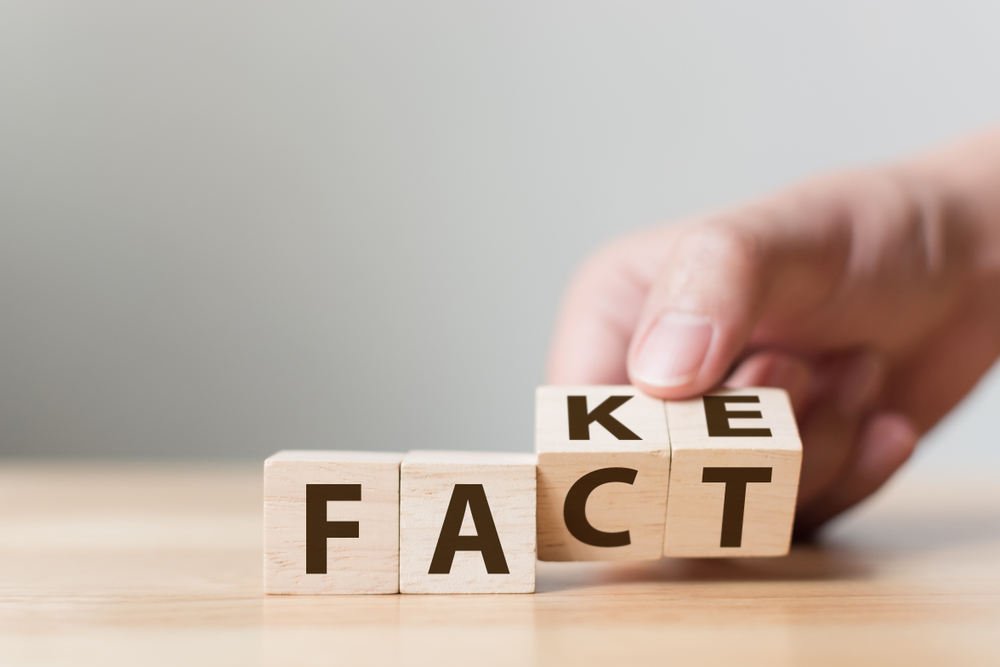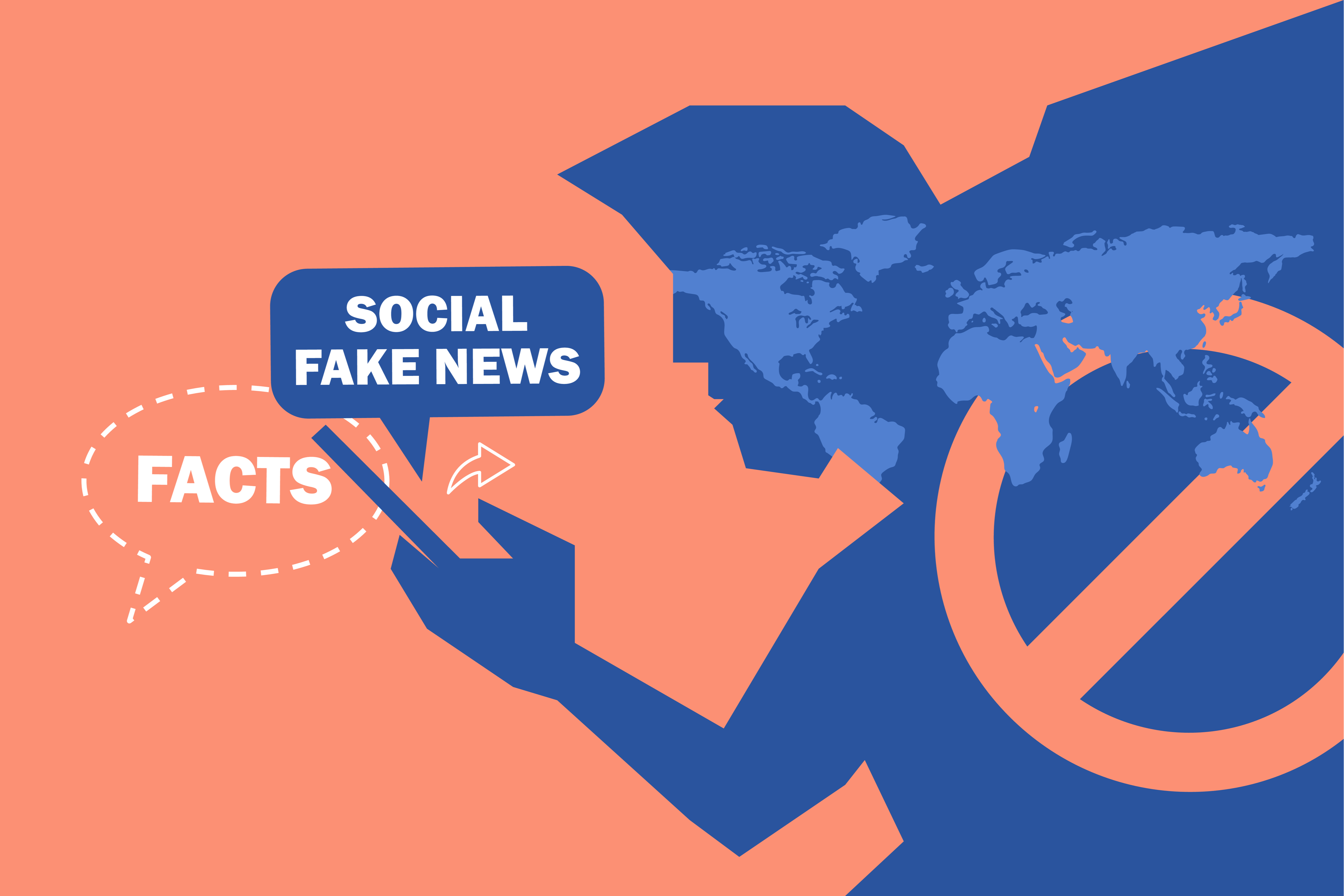Disinformation has plagued our society today with all sorts of wrong information. What really is disinformation, though? Before we can understand what disinformation is, we have to understand what misinformation is and its differences.
Misinformation is simply any false or inaccurate information. Disinformation is a type of misinformation. It's also false or inaccurate information, but is false or inaccurate on purpose because it's trying to be passed off as true. Misinformation is wrong information, but might be wrong by accident without the writer's knowledge. Disinformation is always misinformation, but misinformation isn't always disinformation.

The most common place to find disinformation is in politics and in the media. Especially during an election, candidates might spread disinformation about their opponent to make the people not want to vote for them. In the media, it's common in article headlines to provoke a thought to clickbait any potential viewers into reading what the article has to say, which may be nothing that the headline suggests.
The effects of disinformation are hard to pinpoint. Each person will look at disinformation, but won't all come away thinking the same thing. Someone's interpretations will be different than someone else's. Disinformation changes everyone's opinion differently so to say exactly how it affects our society isn't easy. On top of that, disinformation can quite hard to pick out from among real information.
It might be hard to say how it affects people, but we do know who it affects. Anyone older than 65 is more likely to believe any disinformation. This is because they have less experience with social media so have a harder time telling the difference between what's real and what's fake.

Those who come from a lower socioeconomic background or lower educational background will more likely believe disinformation. You and I can use logic and reasoning and general knowledge about what's going on in the world to tell when disinformation is disinformation. Someone who is less knowledgeable or less familiar with what's going on in the world won't have an easy time doing the same. Hard-right conservatives also tend to believe disinformation because of their general distrust in mainstream media.
The pros of disinformation are slim to none, but the cons can stack up. The biggest con is that disinformation is super easy to make, super hard to tell apart from real information, and super polarizing when people believe it.
During the 2016 US election, Russia (and likely other countries) infiltrated our social media. They made fake news posts about heated topics in the US, like gun rights, race relations, and immigration issues. The intent was clear, divide us and get us to fight each other from within, so they don’t have to do anything.
Disinformation is everywhere so it's wise to be able to tell if something is disinformation when first looking at it. The first tip is to not get any news from social media. Some social media sources truly are reliable, but it's much safer to get news from a nationally reputable news source. The second tip is to really look at the headline. The more starling or appalling it is, the more likely it is to be fake. The third tip is to check the author. Is this person, or group, credible? Have they been untrustworthy in the past?
No matter what you do, just be smart and stay safe!
https://www.ucf.edu/news/how-fake-news-affects-u-s-elections/
https://www.kcl.ac.uk/news/how-covid-19-is-revealing-the-impact-of-disinformation-on-society
https://www.forbes.com/sites/bryanrobinson/2020/10/17/a-new-study-shows-fake-news-may--benefit-your-memory/?sh=48fc88cb2687